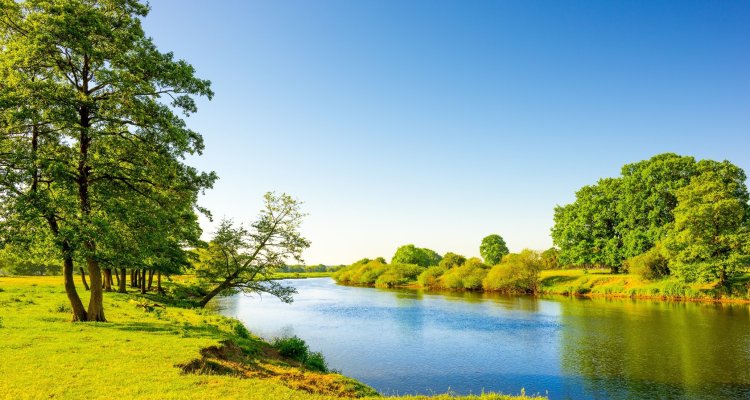
Project
CASTOR: CAtchment Strategies TOwards Resilience
Research introduction
Castor is Latin for beaver. Beavers, like humans, transform land and water systems in river landscapes. CASTOR’s main objective is to enable the transformation to, or safeguarding of, the outstanding quality of sandy soil landscapes, building on existing features. Given the aforementioned challenges, this requires a long-term (complex adaptive) systems perspective and an understanding of the connectedness and interdependence of natural processes and human interventions at the landscape level.
Research challenges
CASTOR will develop actionable knowledge for regional adaptation planners on realistic future landscapes and pathways towards these. As a transdisciplinary science project that engages stakeholders in living labs from beginning to end, CASTOR will develop and test land and water use landscape models, and study the governance of landscapes. Ultimately the project will identify possible attractor basins for climate-resilient futures as well as pathways to reach these desired futures.
Research organisation
CASTOR is organized in six work packages, which are interconnected and engage all team members. WP 1 and 6 are the main integrative components. WP 1 ‘envisioning alternative landscape futures’ sets the stage, whereas WP 6 ‘synthesizing climate-resilient pathways’ will integrate all project results. Two postdocs will guide and support the project team in these components. WP 2-5 will be undertaken by four collaborating PhD candidates. These work packages will be fed by and feed discussions within the project team. Fig. 8 presents the main activities of the six work packages and the outputs they seek to deliver, alongside the main objectives to which they contribute. The project furthermore formulates a central research question for each work package, as well as overarching questions that the work packages will answer together (see figure on the right).